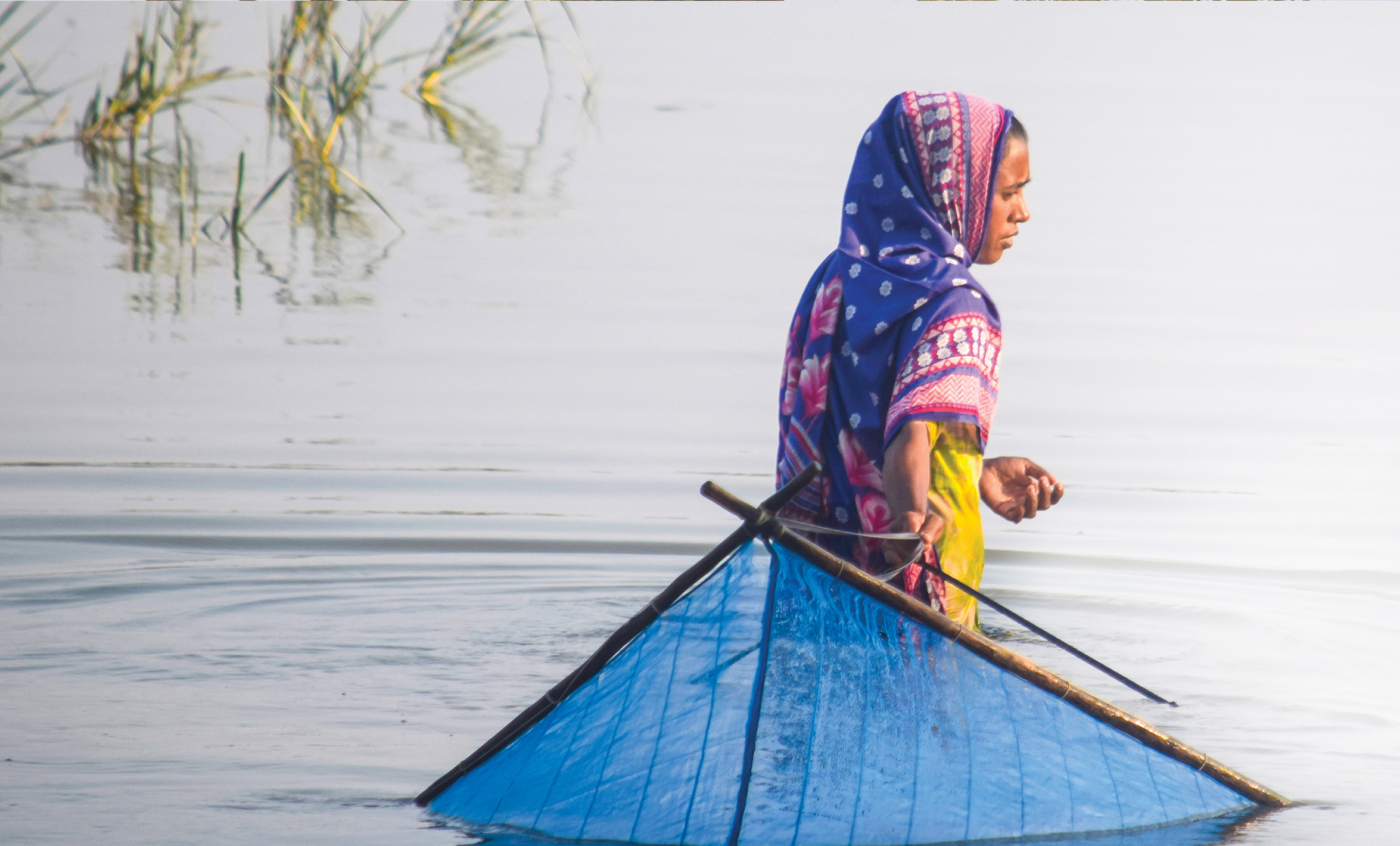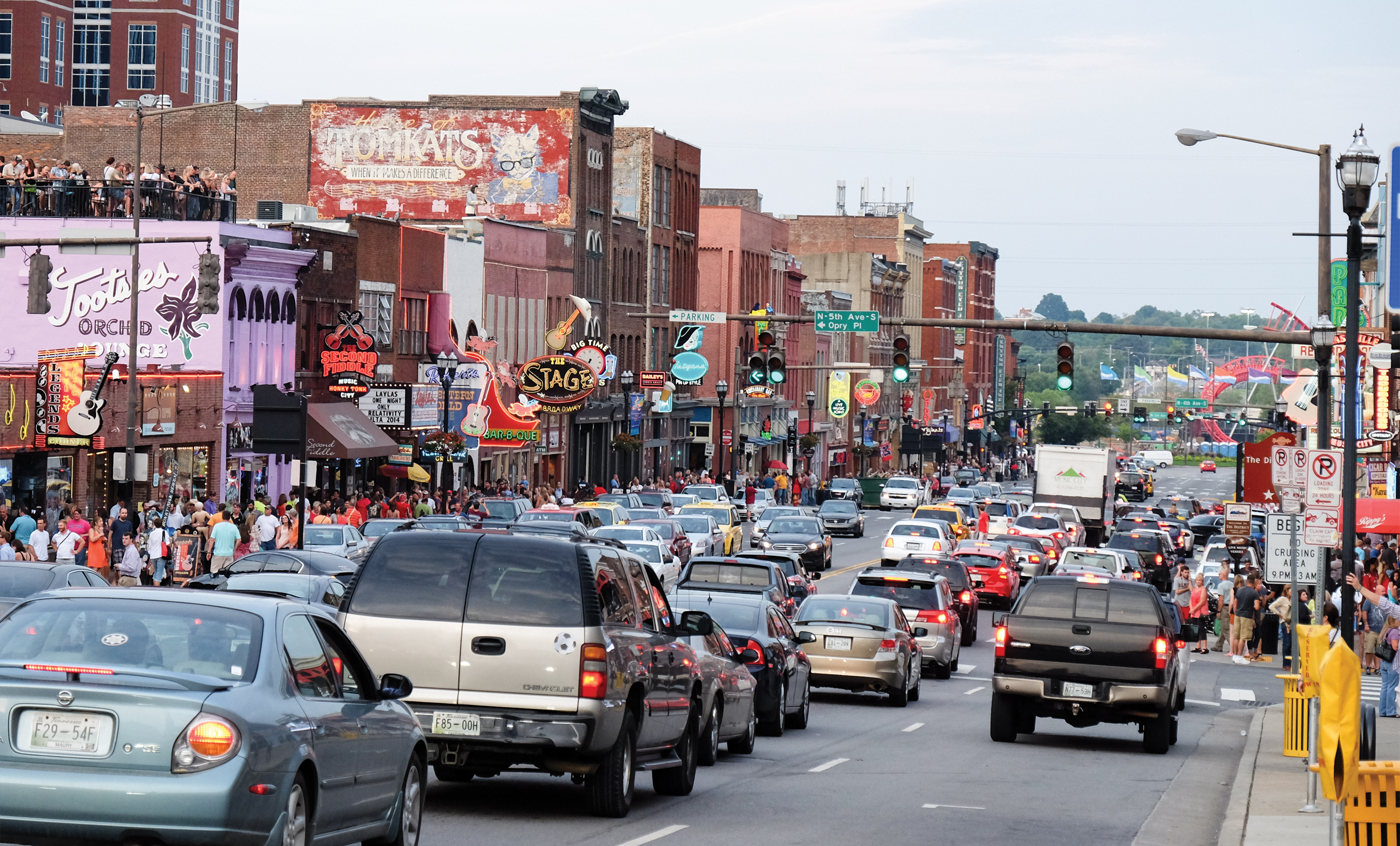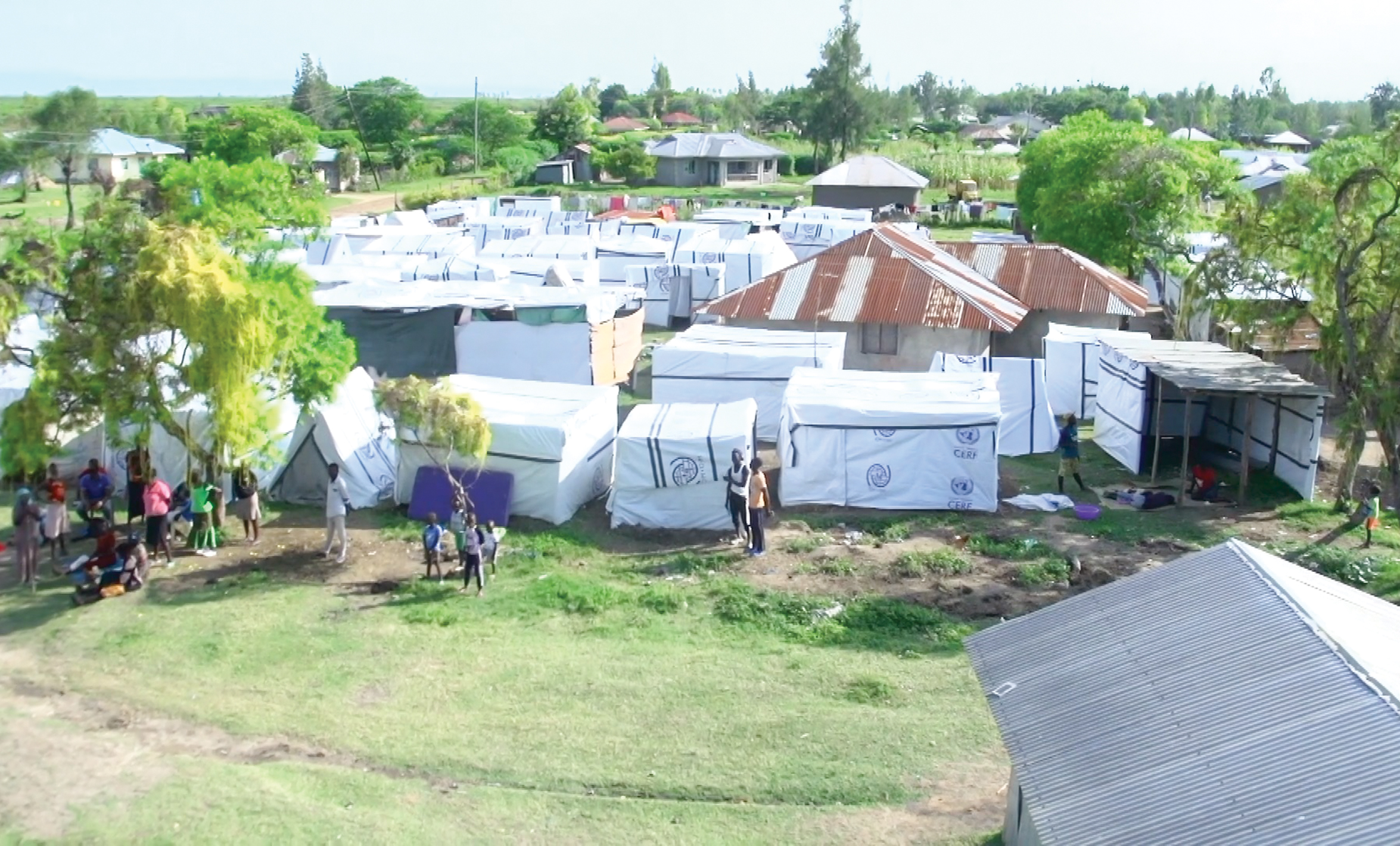Planetary Health’s Front Lines
How humans navigate a world out of balance.
Manufacturing, agriculture, transport, and other sectors of the global economy consume natural resources on an immense scale. Individuals, however, are left to endure consequences like heat poverty, saltwater intrusion of water sources, pollution, and extreme weather events. The following four reports, originally published by Global Health NOW, share human insights from India, Kenya, Bangladesh, and the U.S.

Heat Poverty Grows in India
By Cheena Kapoor
Sitting on the concrete floor in her air-conditioned one-room house in a densely populated west Delhi slum, Maya Devi worries about her husband and children who have to step out every day in the scorching heat to go to work or school.
Devi works as a maid for a middle-class family and earns $50 per month, bringing the family’s monthly income to about $120. After enduring several summers of extreme heat, she borrowed $215 from her son’s employer last year to buy a secondhand air conditioner. She wanted to avoid another round of annual heat-related nausea, headaches, and dehydration among her children.
“Some nights, we would all stay awake because the heat was unbearable, and humidity from the small water-run cooler would make it difficult to breathe,” Devi explains. “My three sons missed school [or] work several times after falling ill due to the heat, thus losing several days’ worth of daily wages. That’s why we decided to take a loan.”
The employer now deducts $15 per month from her son’s already low salary, pushing the family more into debt.
Devi’s husband, Om Prakash, returns home from his rickshaw work in peak afternoons to rest in his air-conditioned room. However, to avoid further debt in electricity bills, he only runs the air conditioner for a half hour during the day and about an hour at night.
Of the 800-odd shanties in the slum, Prakash estimates that 150 now have air conditioners—all bought on loan or consumer credit schemes. Such purchases are leading many into heat poverty—a now-common term in India—as people are forced to take high-interest loans (up to 15%) to buy air conditioners.
During India’s record-breaking heat wave between March and June this year, at least 100 people died, and 40,000 suffered heat stroke—more than 19,000 of them in May alone as the temperature soared to a national record high of 126°F.
“I have not seen such overwhelming numbers in my over two-decade career,” says Ajay Chauhan, head of Internal Medicine at Ram Manohar Lochia Hospital in Delhi.
Chauhan notes that most of those who are brought in for treatment are men ages 30–50 who work outdoors: “We hardly get any women patients, which shows that the lower income group men, who work as laborers, rickshaw pullers, are more at risk of getting a heat stroke,” he says.
The risks of heat-related illnesses will only grow as “climate change fuels longer, more frequent, and more intense heat episodes” says Ritika Kapoor, a climate scientist at Natural Resources Defense Council India. “Thus interventions and vulnerability assessments are much needed to build climate resilience.”
Meanwhile, air conditioner sales are soaring—especially in Delhi. The high number of personal loans since last year forced the Reserve Bank of India to caution lenders.
“It is a vicious cycle. Either we avoid loans, suffer in heat, and miss work, or we take loans, stay healthy, and work to pay off the debt,” says Devi.
Read the unabridged version of this article at Global Health NOW.

A ‘Silent Killer’ in Bangladesh
By Rafiqul Islam Montu
It’s a Sunday afternoon in September 2023, and hundreds of women and children throng the banks of the Kholpetua River near Burigoalini village. Each wields a blue net to catch baby shrimp, called fry. They survive on the income they earn selling the fry to shrimp farmers.
Most stand in the salty water for nine to 10 hours per day. The same scene is repeated across much of coastal Bangladesh.
Jamena Begum fishes with her 10-year-old daughter until a storm begins to roll in. As the tide rises and the river swells, they leave for home.
Their health, however, is threatened not just by the storms that frequent southwestern Bangladesh, but by the salt water intruding into the Kholpetua—and their lives.
Some 20 million people in coastal Bangladesh are affected by increased salinity in drinking water, according to a 2018 article in the Journal of Agricultural Economics.
Women in the region are at special risk of skin infections and reproductive disorders from standing for long days in saline water. More than half of women in two subdistricts in the area reported infection or inflammation of the vagina, uterus, fallopian tubes, or ovaries, per a 2024 Journal of Migration and Health study. One in three respondents reported menstrual hygiene management problems, and one in five said they had hypertension during pregnancy.
“We cannot avoid salinity. Salinity is our silent killer,” says Kakali Begum, of Gabura Union, a river island about 25 miles from the Bay of Bengal. “Most of the women in this area are suffering from urinary tract diseases. Many women are having sores, skin diseases. Excessive use of salt water is causing miscarriages.”
Santosh Kumar Majumder, a gynecology consultant, estimates that 60% of the people in the region drink salt water, which can be especially harmful to pregnant women. “It causes high blood pressure which in turn may cause eclampsia or seizures during pregnancy. These may lead to miscarriages or an underweight and malnourished baby,” Majumder says.
Rising sea levels have caused the salinity in water sources and soil along the coast to increase “alarmingly,” says Atiq Rahman, executive director of the Bangladesh Center for Advanced Studies. And frequent cyclones have caused saltwater intrusion into freshwater aquifers.
The salinity crisis will only increase in the future, warned a 2022 Spanish Journal of Soil Science article.
Public and private initiatives offer some hope, through efforts such as rainwater harvesting, pond sand filters, and desalination to make salt water potable. Some projects provide free drinking water. Many residents collect rainwater themselves, aided by organizations that distribute free rainwater tanks to poor families.
The efforts offer little protection, however, for women who have long been exposed to the dangers posed by saline water.
“From birth to death we live with salt,” Jamena Begum says. “Salt water gives us the opportunity to earn [money], but this salt water makes us sick. ... We have no choice but to accept fate. This is our life.”
Read the unabridged version of this article at Global Health NOW.

Transportation Justice in Music City
By Sarah Hays Coomer
History and a booming present are conspiring in Nashville, Tennessee. Pollution from traffic snaking through the city’s urban core disproportionately impacts historically marginalized communities, exposing residents to high concentrations of airborne toxins.
Most of the city’s major roads and highways run through neighborhoods that mortgage lenders deemed “hazardous” for loans beginning in the 1930s because of concentrated populations of racial and ethnic minorities—a racist practice called redlining.
Today, Music City has the toughest commute in the U.S. because of long drive times and a lack of walkability, bikeability, and public transportation options, according to a Forbes analysis. More than 30,000 people move to Nashville every year, which increased average time lost to traffic congestion to 56 hours in 2023 from 41 hours in 2022. That means more pollution in city neighborhoods. People living within 300 to 500 meters of heavily trafficked roads are at the highest risk for negative health outcomes, according to a 2010 Health Effects Institute report.
Outdoor air pollution is responsible for 4.2 million deaths globally each year, per the WHO, from heart disease, stroke, chronic obstructive pulmonary disease, lung cancer, and other causes.
Underserved neighborhoods are also less likely to have access to healthy food, safe places to exercise, and medical care, says Mark Yancy, CEO of the nonprofit NashvilleHealth. Without transportation, resources that could benefit residents are often out of reach, he adds.
Nashville Mayor Freddie O’Connell, who lives in one of those neighborhoods, is on a mission to “reverse the effects of environmental racism.” His engine of choice: transportation infrastructure.
O’Connell wants to establish economic equity and reduce pollution-related health threats through cutting-edge technology and natural resources.
But, without funding, progress is incremental. Of 50 major metropolitan areas in the U.S., Nashville is one of four that has not accepted federal funds from the Bipartisan Infrastructure Law and Inflation Reduction Act. To claim it, voters must approve a referendum in November establishing matching funds for transportation through a temporary 0.5% surcharge on sales tax.
If the referendum is approved, O’Connell aims to replace two-thirds of the city’s traffic lights with smart signals capable of adjusting traffic flows on demand while reducing commute times and stop-and-go fuel emissions. The initiative would also construct bike lanes, 86 miles of new sidewalks, and 12 new transit centers with 24-hour bus service, allowing riders to bypass an “antiquated hub-and-spoke model” that required all routes to intersect downtown, he says.
When we “do better on transit,” O’Connell says, we get multiple important outcomes: Public health, the environment, small businesses’ and residents’ finances improve; and streets and roadways are safer.
Read the unabridged version of this article at Global Health NOW.

An Early Warning in Kenya
By Scovian Lillian
While children run and play outside a tight cluster of three dozen white tents, most of their parents are searching for food or clean drinking water not easily accessible in the camp.
The white tarp shelters, stamped with “IOM•OIM” and the UN’s migration agency’s logo, are crammed on perhaps an acre of land in southwestern Kenya’s Kisumu County. They house families displaced by last April’s floods, which killed 294 people, left 162 missing, and decimated 650,000 acres of farmland, according to the Kenya Red Cross. More than 30 cholera cases were reported in Tana River County alone.
Months after the deluge, three villages in Kisumu County—Nduru, Kadhiambo, and Ugwe—remain unlivable, and 1,000 families are still stuck in evacuation camps, according to Jeremiah Odongo, the area’s chief.
“Floods swept away my home and I lost everything, including my livestock,” says Hellen Anyango, a flood victim and single mother of four. “My biggest fear is that the rainy season is here again.”
The Kenya Meteorological Department had issued warnings about the onset of floods and the need for people to move to higher ground for safety—but most people didn’t evacuate. They were reluctant to leave their homes because the government hadn’t announced plans for designated safe places or temporary housing.
The Milken Institute, which has been working since 2020 to help improve early warning systems (EWS) for pandemic preparedness and health security, published a report last May that identified a significant gap in the integration of environmental factors into Kenya’s EWS and disease surveillance systems. By including meteorological data, especially during flooding, authorities can better anticipate outbreaks of waterborne diseases like cholera and vector-borne diseases like malaria. In turn, health authorities can preemptively distribute cholera kits, mosquito nets, and other disease-prevention resources.
Collaborations between climate change scientists and health professionals are essential, says Yun Fu, co-author of the Milken Institute report. By sharing data and expertise, professionals can develop models that forecast health risks related to climate events, boosting preparedness and response times.
In Mozambique, for example, local community brigades have been trained to educate and alert communities about impending hazards from extreme weather events—a method embraced after Cyclone Freddy hit the country in February 2023. Since then, it has proven an effective early warning method.
John Recha, PhD, of the International Livestock Research Institute in Nairobi, notes that EWS are crucial for timely alerts and information about impending climate change risks.
“Communities ought to be trained and educated on climate change risk responsiveness and safe evacuation procedures, as well as managing climate change health threats,” Recha says, adding that national and county governments should collaborate to strategize better ways of handling floods to save lives in the future.
Read the unabridged version of this article at Global Health NOW.
